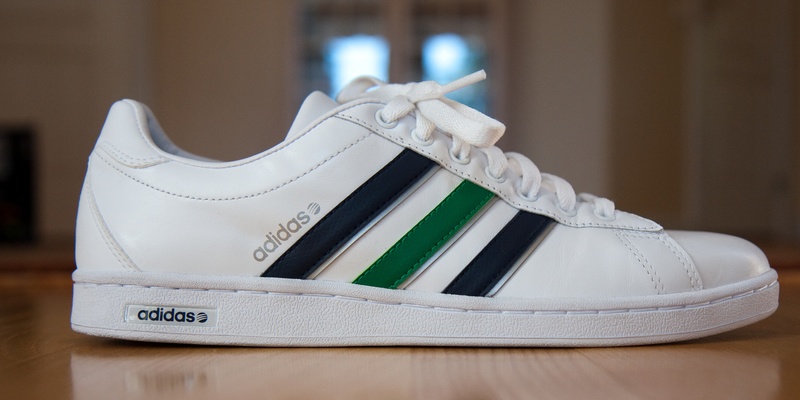In Every Seed, A Solution: India’s Scientists Grow Hope from Waste
Imagine a world where the waste from your fruit bowl becomes a weapon against one of the planet’s biggest environmental threats: plastic pollution. What was once discarded as agricultural waste now holds the power to reshape our future. This vision is being turned into reality by a team of passionate Indian researchers at the National Institute of Technology (NIT), Rourkela, led by Dr. Preetam Sarkar, an associate professor in the Department of Food Process Engineering. Their innovation transforms everyday fruit seeds—jackfruit, jamun, and litchi—into biodegradable films that can completely replace single-use plastic packaging. And the best part? These films naturally decompose within 60 days, leaving behind no harmful residue. The Environmental Crisis That Sparked InnovationPlastic waste has silently become one of the biggest environmental challenges of our time. From landfills to oceans, it’s everywhere, clogging ecosystems and threatening life.Dr. Preetam explains, “Plastics like polyethylene and polystyrene take up to 700 years to decompose. During this period, they break down into microplastics and nanoplastics that enter the food chain, impacting human health and causing diseases such as cancer and reproductive disorders.” Faced with this alarming reality, Dr. Preetam and his team decided to look at the problem differently—not by creating another synthetic solution, but by using what nature already provides in abundance.Unlocking the Hidden Power of SeedsThe NIT Rourkela team turned to India’s tropical bounty for inspiration. Fruits like jackfruit, jamun (Indian blackberry), and litchi are consumed widely, yet their seeds often end up as waste. These seeds, however, are rich in starch, a natural polymer that can mimic the flexibility and strength of plastic. By extracting and processing the starch from these seeds, the team created thin, flexible films capable of acting as packaging materials. They also added tamarind kernel polysaccharides, natural carbohydrates that enhance film texture and durability. The result? A plastic-free packaging film that’s tough, transparent, and completely biodegradable.The Science of Smart ProtectionTo make their biodegradable films more than just eco-friendly, the researchers at NIT Rourkela infused them with nanoparticles that enhance food safety and preservation. Each component in this formulation plays a vital role in ensuring the films are not only sustainable but also scientifically advanced. Zinc oxide nanoparticles provide strong antimicrobial protection, keeping food safe from harmful bacteria. Chitosan nanoparticles add both antimicrobial and antifungal properties, further extending the freshness of packaged produce.Meanwhile, lignin nanoparticles contribute powerful antioxidant activity, preventing spoilage and oxidation.Packaging That Disappears and Extends Shelf LifeBeyond its eco-friendly design, the biodegradable film also helps reduce food wastage, another global concern. Using an innovative dipping technique, fruits are coated with the film, creating a natural barrier that slows down ripening and microbial decay. In experiments, tomatoes wrapped in this film lasted 15 days longer than uncoated ones. The same method worked effectively on bananas and sapotas, proving its potential for large-scale commercial use. Imagine a near future where fruits and vegetables in supermarkets are wrapped not in plastic but in packaging that disappears naturally after use and is safe for both people and the planet.A Vision Beyond the LabThe journey from fruit seed to biodegradable film is just the beginning. The NIT Rourkela team aims to scale up production, partner with food companies, and inspire a wave of eco-entrepreneurship. Their goal is clear: to make India a global leader in sustainable packaging technologies. From jackfruit seeds to jamun waste, what was once discarded has become a symbol of India’s scientific creativity and environmental conscience. These biodegradable films offer not just a replacement for plastic but a vision of harmony between progress and planet. In every seed lies a solution, and in every scientist, a reminder that change begins with curiosity and care.


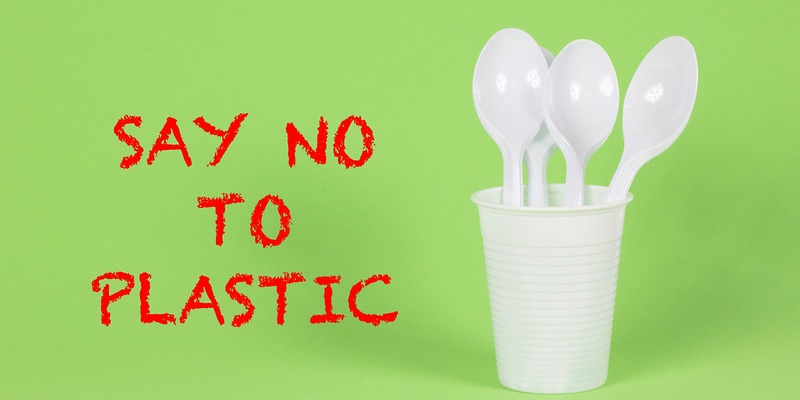
.jpg)

.jpeg)
.jpg)
.jpg)
.jpg)

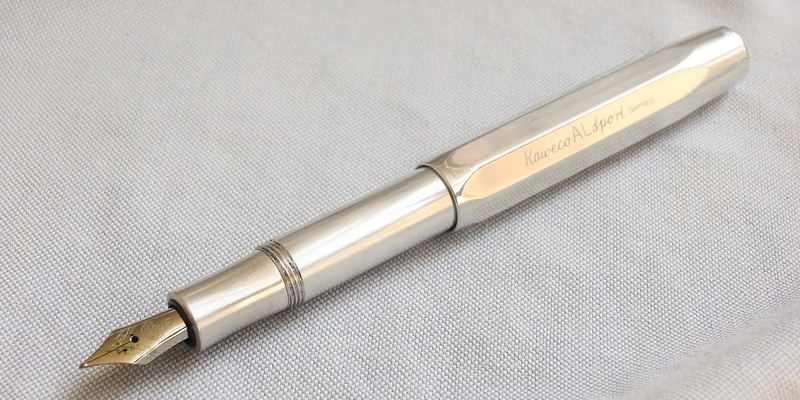

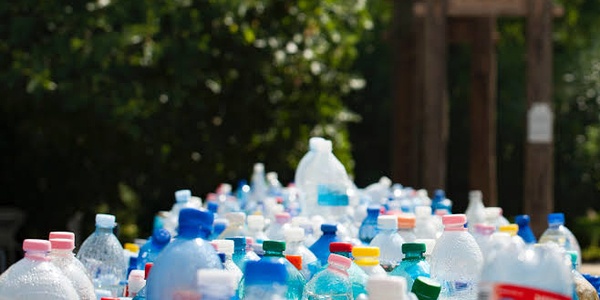
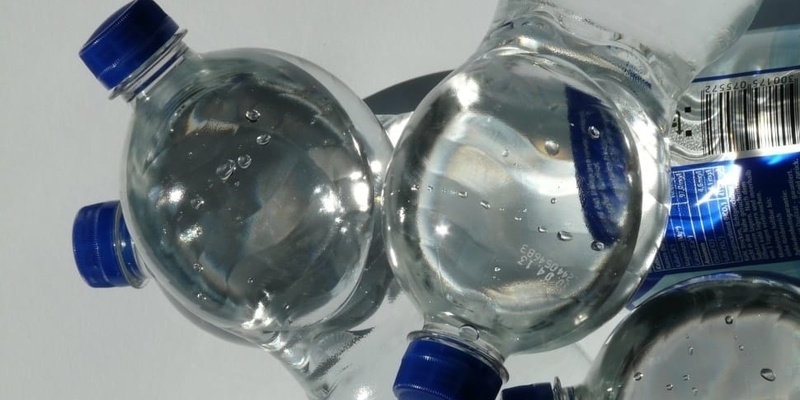
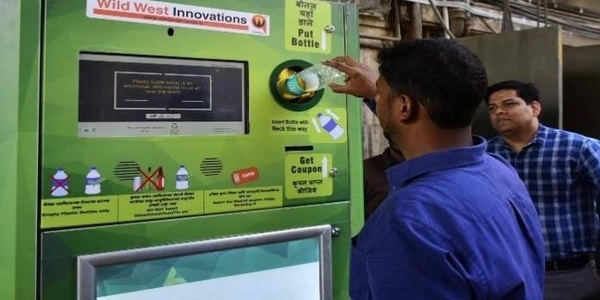
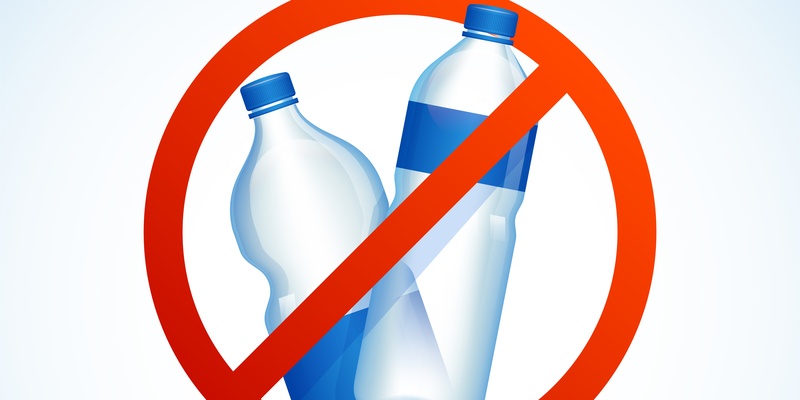


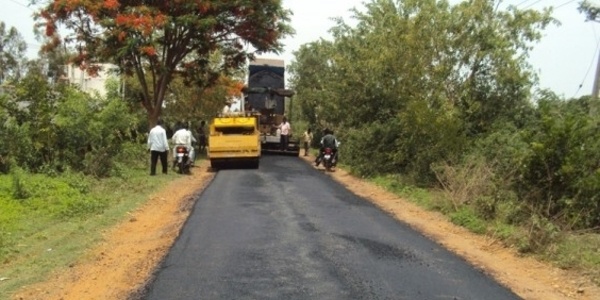
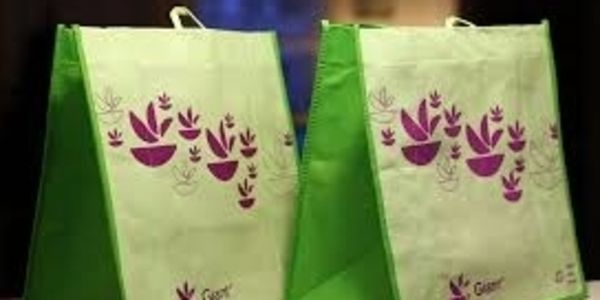

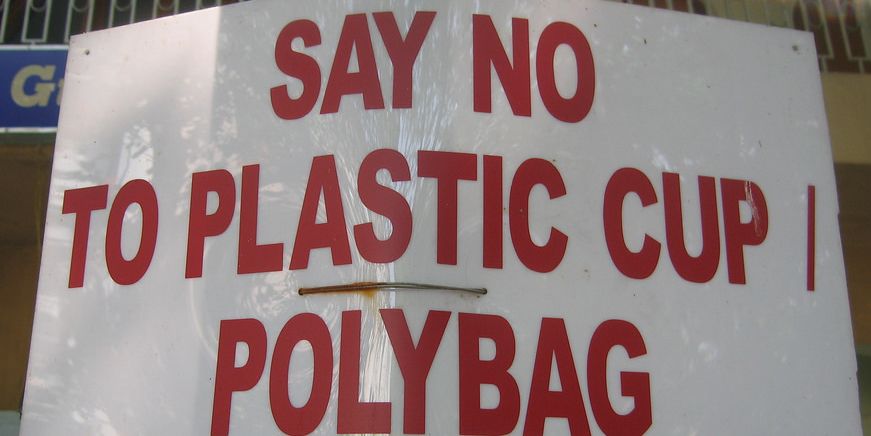

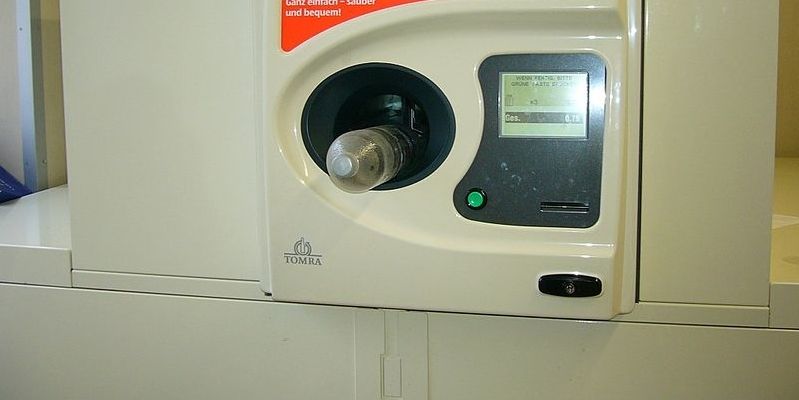

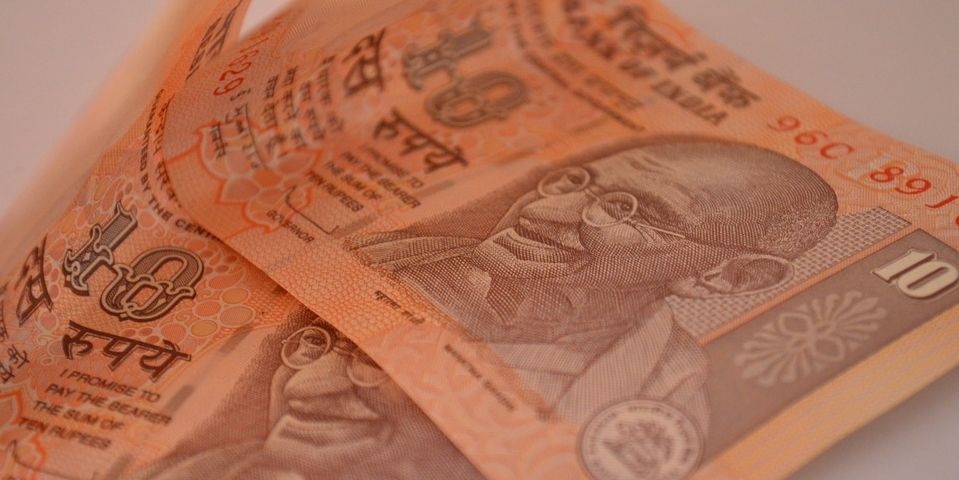
.jpg)
.jpg)


